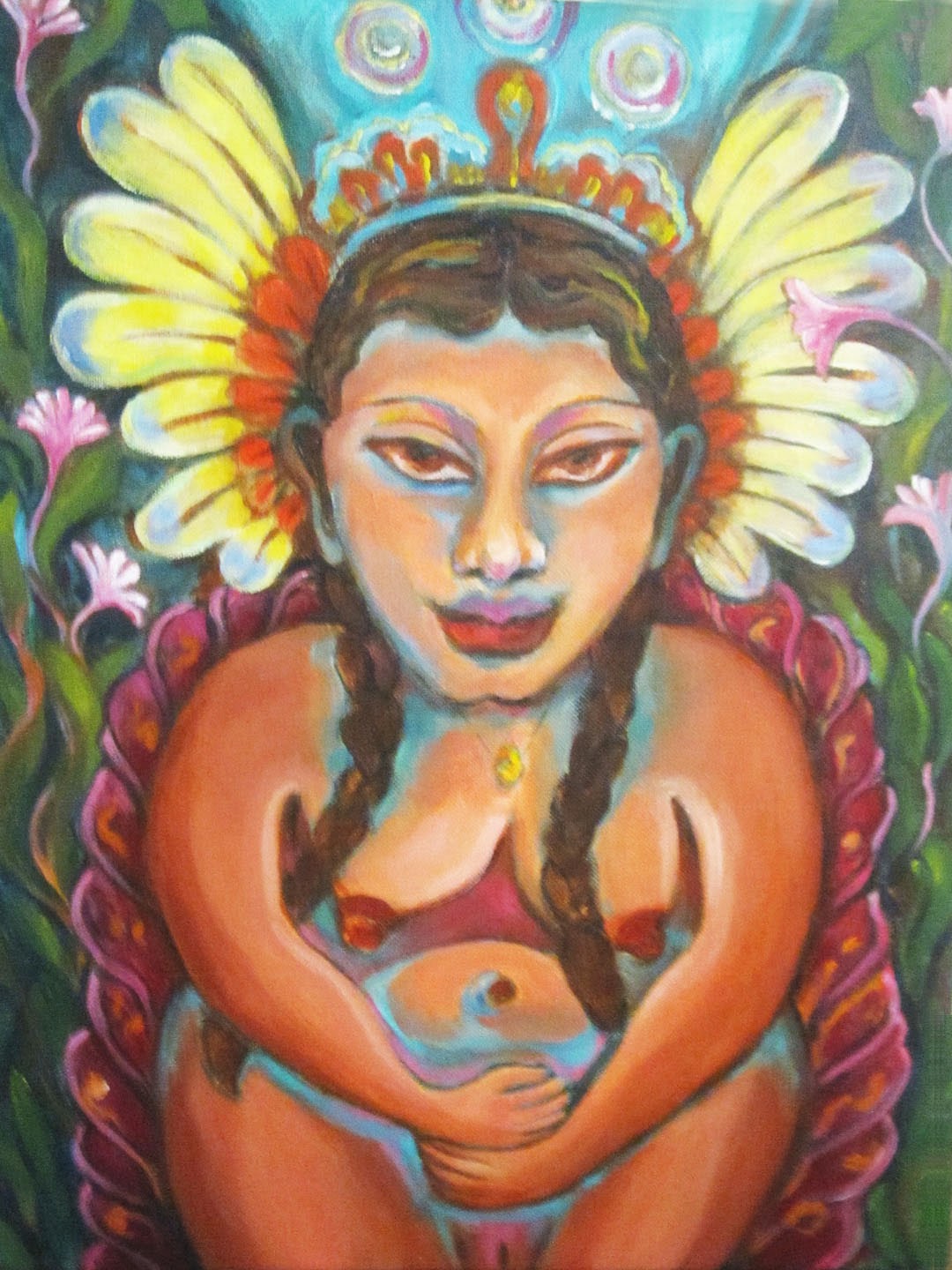(Note: the best way to view this is to scroll down while reading, then afterwards click on the photos to get a larger view)
I have gotten to know a local woman here, let’s call her M. With
her, I’m practicing my Spanish and learning about the culture of Guatemala, but it's not exactly what I expected.
Although barely educated like many
women in Guatemala, M has a strong intellectual understanding of her world. As
a single mom in her mid-40s, she has spent her life fighting established
cultural expectations.
Her three kids, ranging in age from 10 to 25, live with
her at home. All three were conceived with different men, and M never married
or lived with them. In fact, each father rejected his child from the start, contributing neither money nor care. Thus, M has toiled hard at odd jobs to
support her family.
M’s goal has been that her children become educated and
self-supporting, but it’s difficult to get jobs here. The eldest recently
nabbed a teaching position in special ed; sometimes she walks 20 kms to
school because she’s afraid to ask her mother for bus fare — her first paycheck
isn’t administered for the first three months.
The second (age 20) hopes to get
hired by the military; there aren’t too many options when you’re poor, and if
that one fails he might consider becoming a cop, much to his mother’s chagrin. Policing
is a poorly paid and ill-respected profession in Guatemala, as it is routinely
run by bribes, more so than other government agencies. (In fact, I was told not to
bother phoning the police in an emergency, rather rely on bomberos, the fire
department). M has seen bus drivers throw bribes out the window in an envelope, only to be stopped by the police to be told it's not enough.
The last child (4th grade) is in a new primary school, hopefully one that teaches. Many schools here, according to M, aren’t interested in educating kids. It’s routine for teachers to be an hour or more late for class, with no consequence.
Each of M’s kids came from different biological backgrounds. One father was ladino, one was indigenous, and the youngest child’s father was an Israeli Jew. M tells me that the younger child is signaled out here, not just for his lighter skin but because he is half Israeli, which makes him “special”; they tell M she should treat him differently, give him better things.
In addition, according to M, this child, who has been raised in a mixed heritage family, is racist, which absolutely infuriates M; he is biased against his classmates who are indigenous. She believes it’s genetic. She points out that he didn’t like beans and tortillas when he was young but preferred salami, which she couldn't afford to buy. I wonder.



































Thought-provoking juxtaposition of story with beautiful artwork.
ReplyDeleteThanks, Marje, glad you like it!
Delete